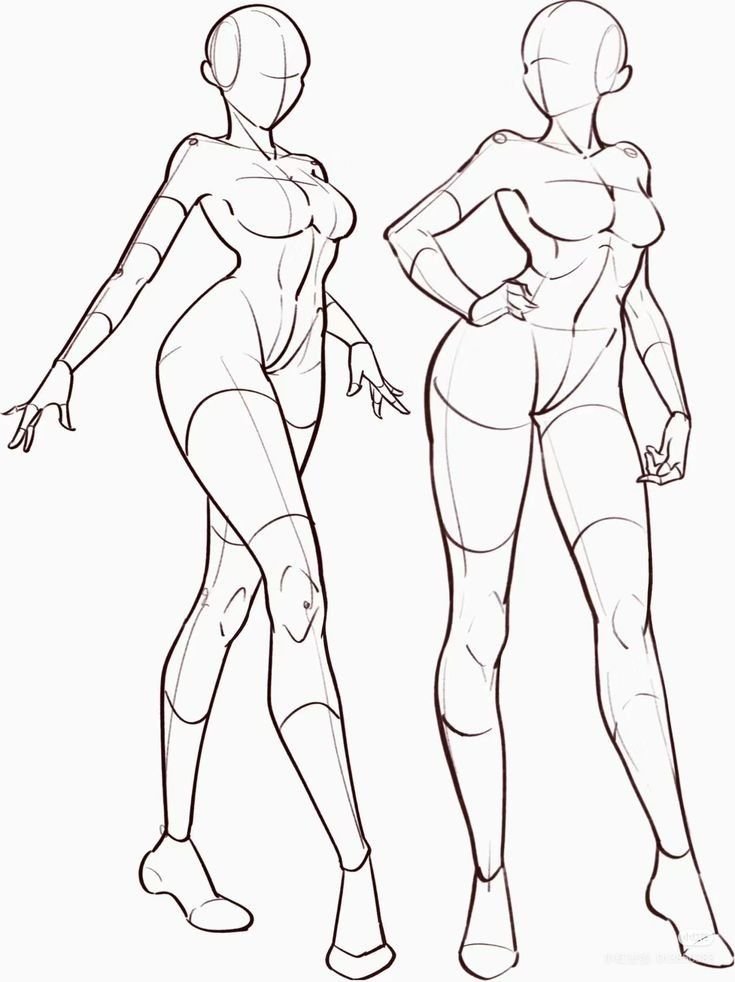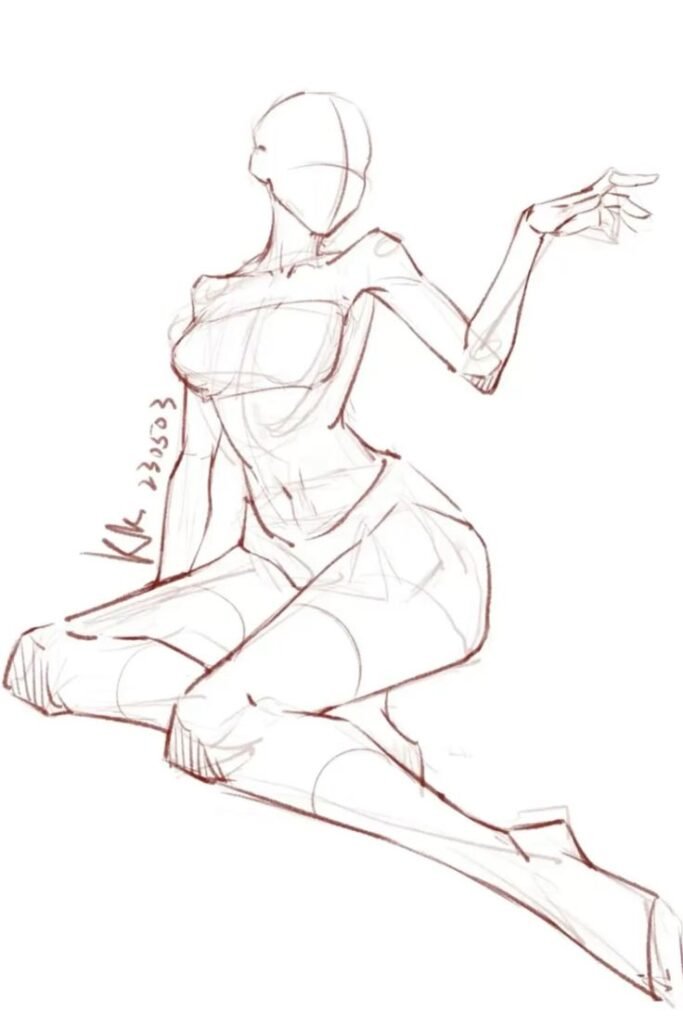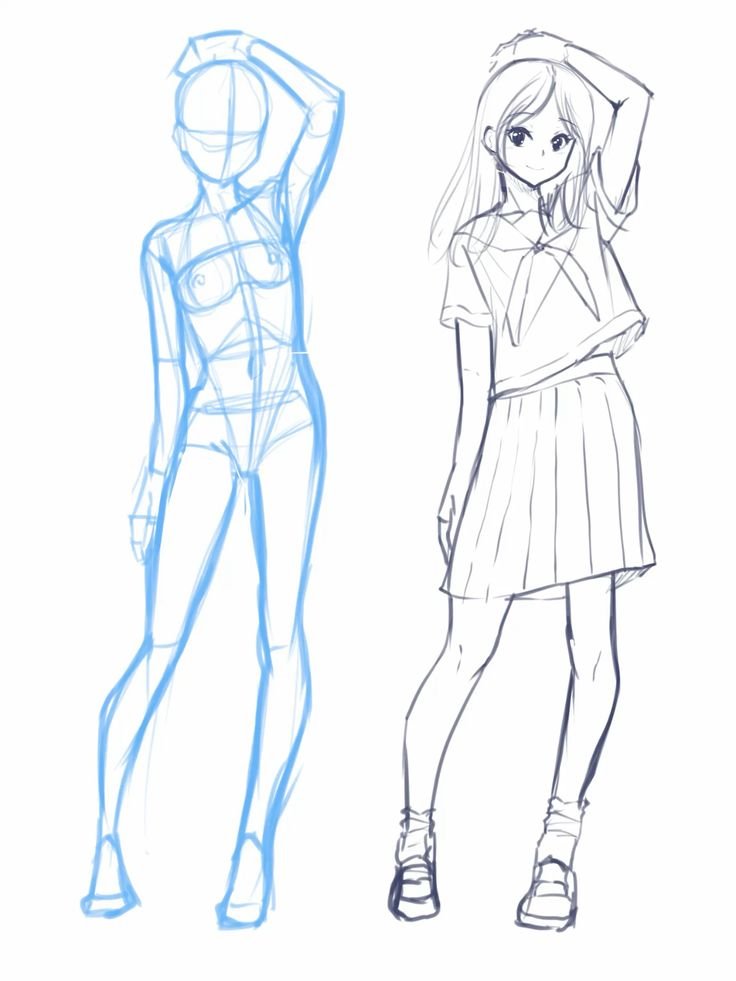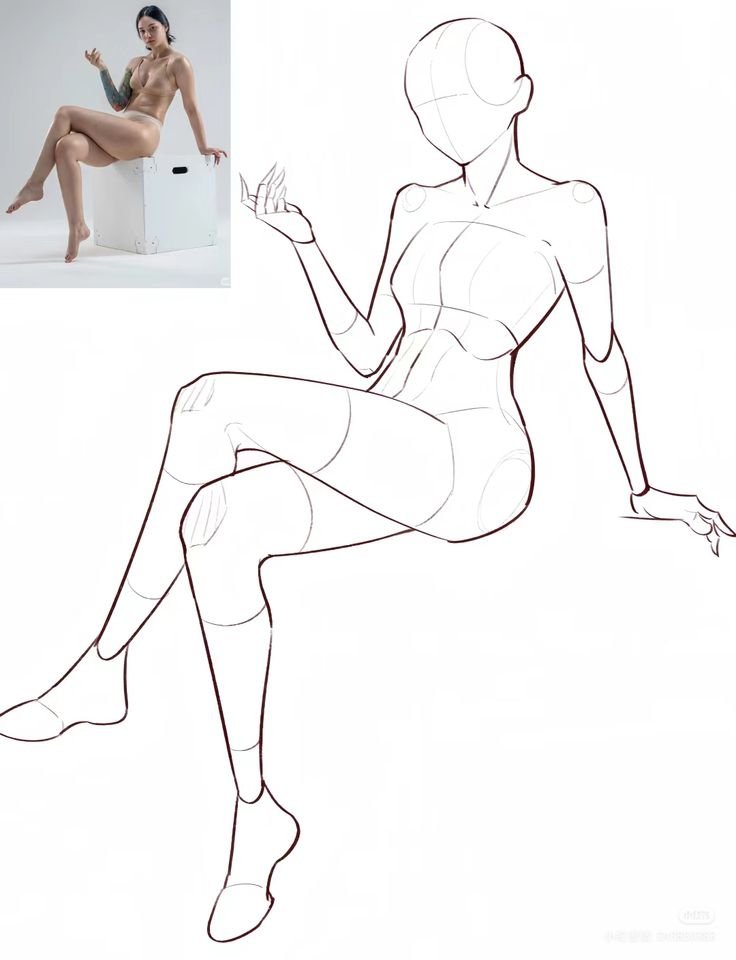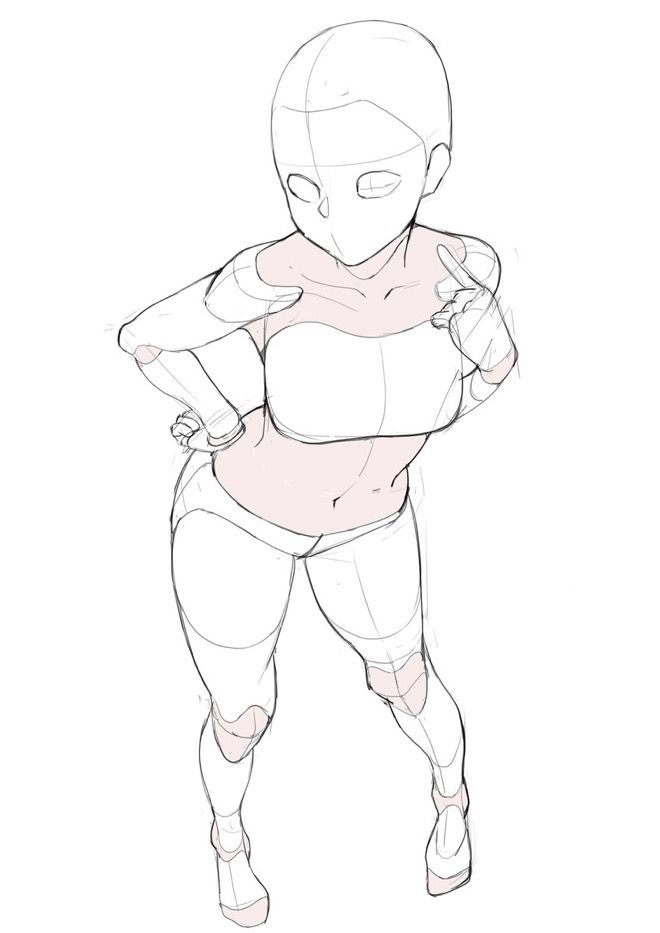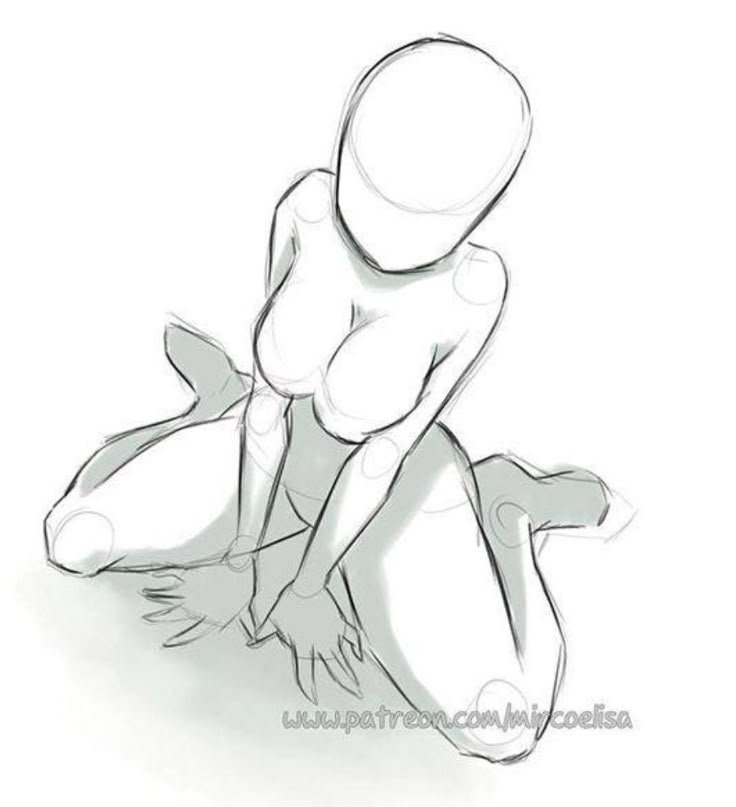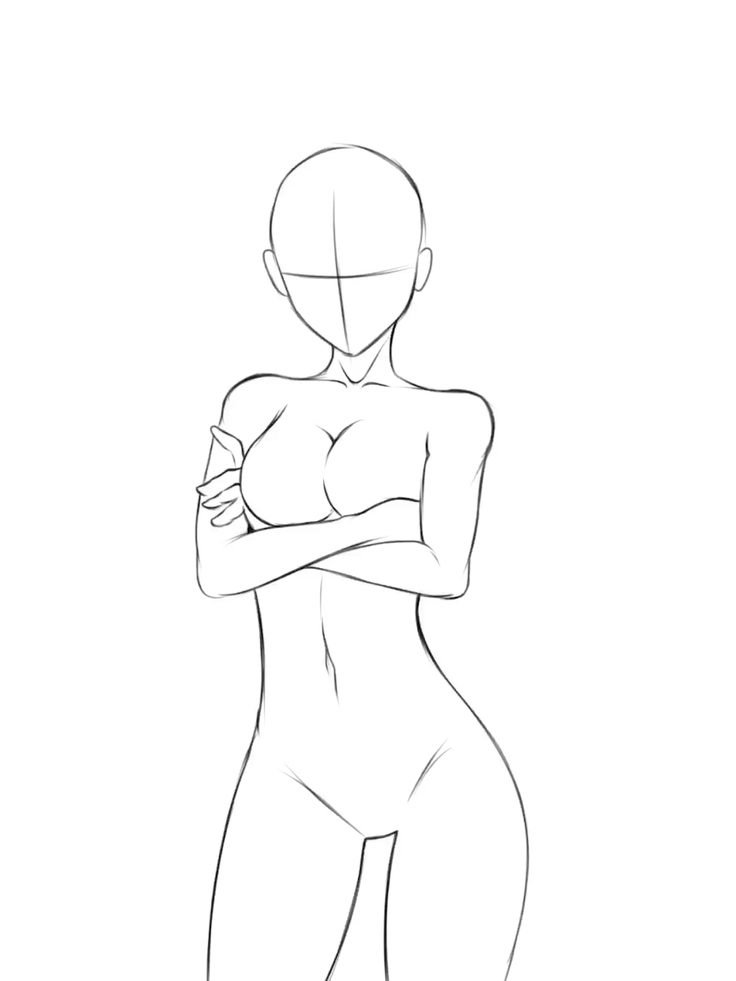In 2025, body art is not just growing — it’s evolving. This year marks a turning point in how people approach tattoos, piercings, and other forms of body modification. With the influence of AI design tools, sustainable tattooing practices, and a shift toward storytelling and mental health expression, body art is becoming more personal, intentional, and futuristic than ever before. This isn’t just about marking the skin — it’s about revealing deeper parts of the soul.
From Minimalism to Micro-Detail
Minimalist tattoos still dominate the body art scene, but the trend has matured into something more emotionally rich and detail-driven. Instead of plain geometric shapes or tiny hearts, people are gravitating toward micro tattoos that hold deep meaning — small but detailed images that tell full stories. A single fine-line design now carries memories, tributes, or inner reflections, with an emphasis on delicate execution and precision.

AI-Generated Tattoo Designs Rise

With the increasing popularity of artificial intelligence in creative industries, it was only a matter of time before AI-generated tattoo designs took center stage. Artists and clients are now collaborating with AI to create intricate, one-of-a-kind tattoos that blend personal data, emotional themes, and futuristic aesthetics. These designs feel both organic and algorithmic — a fusion of human soul and digital intelligence. It’s a quiet revolution where machines help turn memories into art.
Ink with Intention: Mental Health Tattoos
Another striking trend is the surge in mental health-inspired body art. Tattoos have become a silent language for people dealing with trauma, healing, anxiety, or growth. In 2025, more individuals are turning to tattoos as a personal mantra — permanent reminders of survival, transformation, or self-love. Instead of hiding emotional struggles, people are proudly wearing them as symbols of strength and openness. It’s no longer just about how a tattoo looks, but what it means on the inside.

Sustainable Tattooing Makes an Impact

As environmental awareness spreads, sustainability has entered the tattoo industry. Vegan inks, biodegradable gloves, reusable equipment setups, and plastic-free packaging are becoming standard in many modern studios. Clients are actively seeking eco-conscious artists who are not only skilled but aligned with their values. Sustainability in body art is no longer a niche — it’s part of a global movement that respects both the body and the planet.
Tattoo Collecting as Art Curation
Tattoos in 2025 are being treated less like spontaneous choices and more like a curated gallery. People are carefully selecting artists around the world, sometimes waiting months or even years to be tattooed by someone whose style matches their inner world. The body becomes a living canvas, with each piece part of a larger narrative. Collectors now describe their tattoos like one might describe art in a museum — each one with a story, an artist, and a time in their life.

Body Art Enters Virtual Reality

In a surprising fusion of tech and body culture, some studios are now offering virtual previews of tattoos in augmented or virtual reality before the ink is ever applied. Clients can wear digital tattoos through AR glasses or phone apps, helping them visualize placement, sizing, and flow. It’s changing the consultation process entirely, reducing regret and enhancing personalization. In this way, body art becomes more immersive and thoughtful than ever before.
Piercings Return with Boldness

Piercings are making a dramatic comeback, but with a twist. Beyond ears and noses, 2025 is the year of curated piercings — where placement, jewelry design, and anatomy work together as a full artistic expression. People are combining modern metals, gemstones, and minimalist styles with experimental placements like flat helixes, stacked lobes, and even decorative dermals. It’s jewelry for the soul — placed not for rebellion, but for beauty and balance.
The Future is Skin-Deep — and Soul-Deep
2025 is showing us that body art is no longer just about ink or metal — it’s about identity, innovation, and intention. With every mark, every piece, people are expressing more than fashion — they are expressing their truth. Whether it’s a soft whisper of ink behind the ear or a vibrant chest piece fueled by AI and emotion, the body is becoming the final frontier of storytelling.









